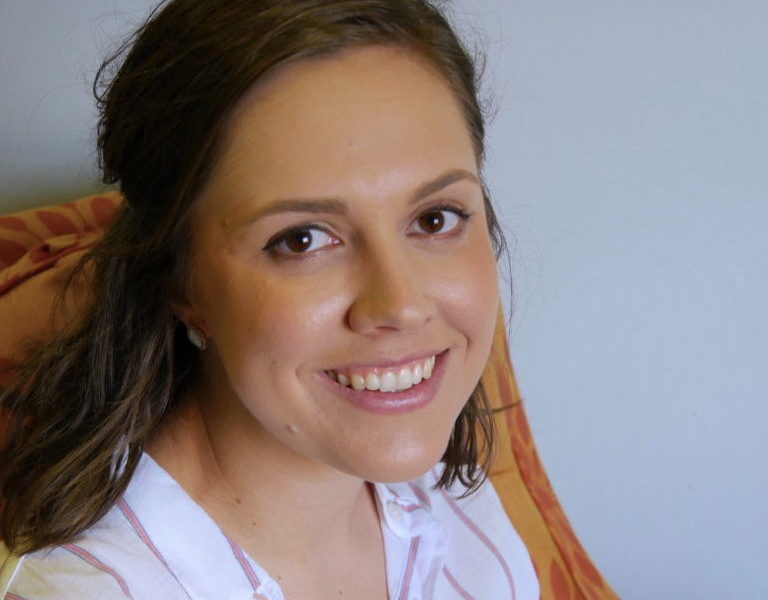Marcelle Bienvenu's Cajun Chronicles Field notes from Thibodaux
By Annemarie Anderson
I began our women food Journalists oral history project by interviewing Marcelle Bienvenu in her office at the John Folse Culinary Institute at Nicholls State University. As we talked, I scanned her walls for awards and her shelves for the brown spine of her 1992 book, Who’s Your Mama, Are You Catholic, and Can You Make a Roux? and the orange spine of her 2008 book, Cooking Up a Storm.
![]()
After graduating from University of Southwestern Louisiana in Lafayette in the 1960s, she reported on New Orleans features like swan boats at City Park for Dixie Roto, the Sunday magazine of the Times-Picayune. Her career as a newspaper journalist began there. So did her career as a cookbook collaborator. In the late 1960s, Sarah Brash, a researcher for Time-Life’s Foods of the World series called the Picayune. She needed help researching Acadian foodways for a cookbook.

“I didn’t even know I lived in Cajun Country,” Marcelle told me, laughing at her twenty-five-year-old self. ‘That was before Paul Prudhomme said there was such a thing as Cajun Country. And I told them I knew everything there was to know about it, and they could hire me, and they did.”
Marcelle, a native of St. Martinville in the Bayou Teche region, proved the perfect choice. With a photographer, she traveled through New Orleans, eating oysters at Acme and visiting Ella Brennan at Commander’s Palace. In Cajun country, she procured pigs for boucheries and crawfish for boils. When Marcelle joined the project, the Time-Life editors thought of Cajun and Creole food as a chapter in a larger book about Southern food. After seeing and tasting south Louisiana with Marcelle as a guide, they knew the subject was worthy of its own book. After Time-Life published American Cooking: Creole and Acadian in 1971, Marcelle left journalism for Commander’s Palace. She learned the intricacies of the restaurant industry, working in the front of the house, keeping inventory, and catering. In 1984, she began a column, Cooking Creole, for the Times-Picayune.
In the months since I traveled to Thibodaux, nine other female food journalists have opened their homes and offices to me. They have given me time, spare batteries, cookbooks, and brownie mixes. They have cooked for me. And they have shared stories of their lives and extraordinary careers. As a young woman documenting Southern foodways, I am grateful for the paths they carved, and for the opportunity to follow their leads.
Annemarie Anderson is SFA’s oral historian.




